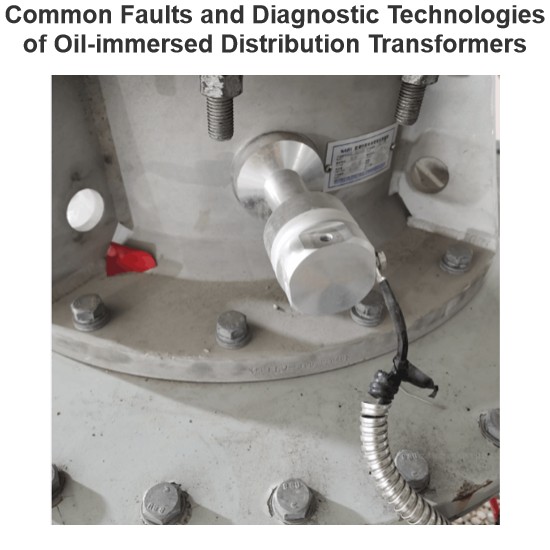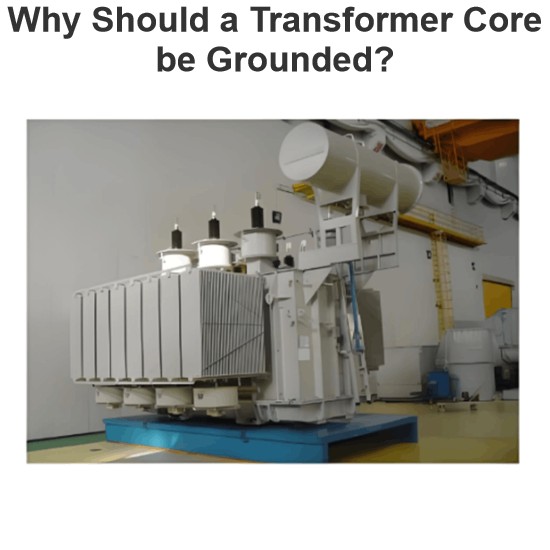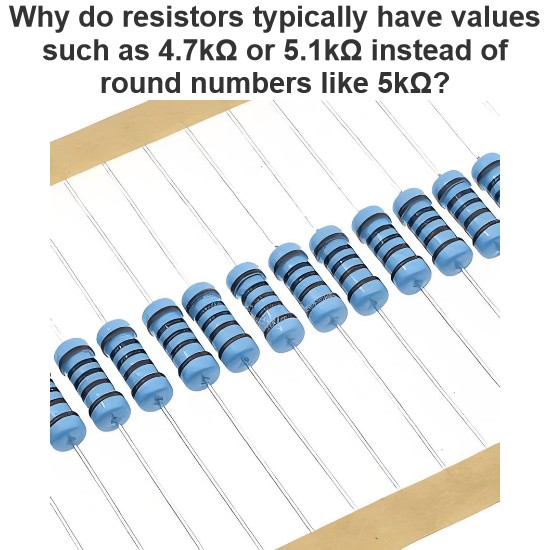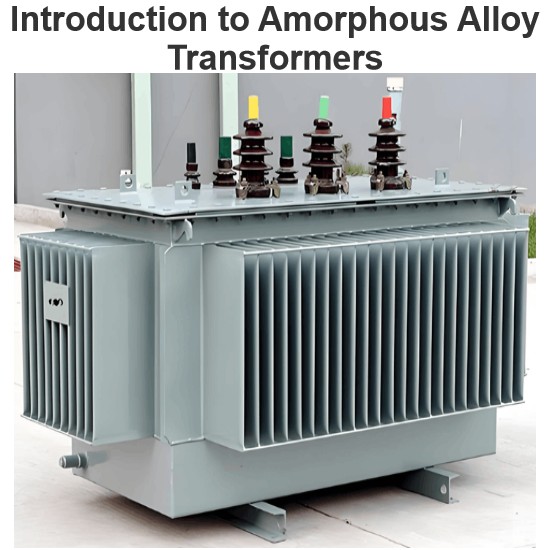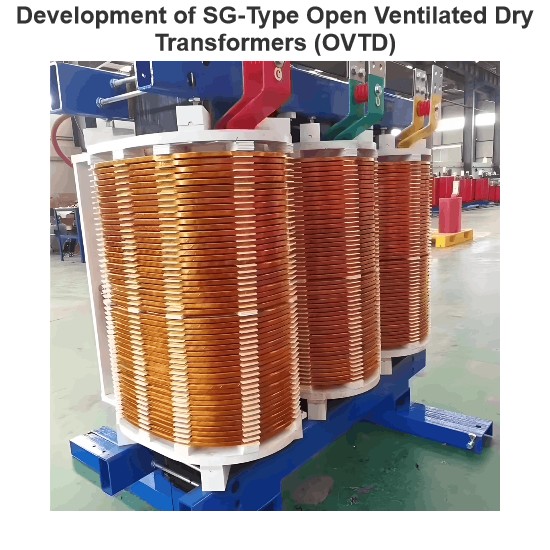| Brand | Wone Store |
| Model NO. | KW2011 Series transformer transformation ratio tester |
| Rated voltage | 220V |
| Rated capacity | 10kVA |
| Series | KW2011 Series |
Overview
According to IEC and relevant national regulations, the semi-finished and finished products during the production process of transformers, as well as newly installed and overhauled transformers, must undergo transformation ratio testing before being put into operation. In the "Handover and Preventive Test Regulations for Electrical Equipment", it is also required to regularly determine the transformation ratio of operating transformers. The transformation ratio test of transformers can check the windings, tap-changers of transformers, judge the status, and determine whether there are defects such as turn-to-turn short circuits, connection errors, and inter-turn short circuits in transformers, thus ensuring the safe use of equipment.
The transformer transformation ratio tester developed and produced by our company uses a 32-bit ARM core as the processing core to control the entire machine. It realizes one-time completion of the transformation ratio measurement of single-phase or three-phase transformers. The operation of the tester uses a Chinese menu display, which is simple and intuitive. The test results are accurate and reliable, and can store and print the test results. It has strong anti-interference ability and can meet the needs of various large, medium and small transformer transformation ratio tests. The instrument can directly work using the internal battery, which greatly facilitates the use of field workers.
Fast testing speed, high precision, and good repeatability.
It has the test function for PT and Z-connected transformers.
It can automatically test the transformation ratio and tap number.
One start can automatically measure the turns ratio of windings and calculate parameters such as transformation ratio error, tap position, tap value, and polarity.
It can automatically store the measurement results. This instrument has a built-in non-volatile memory and a micro printer, and can print all data.
Large LCD Chinese menu display, the operation is intuitive and convenient.
The instrument is small and lightweight, suitable for field operations.
Parameters
Project |
Parameters |
|
Power input |
Rated voltage |
AC 220V±10% 50Hz |
Power Input |
2-phase 3-wire |
|
power output |
Rated capacity |
10kVA |
output voltage |
0~10kv(current Max. 1A) |
|
output current |
0-600A |
|
CT rate measurement |
Range |
≤2000A/1A |
precision |
≤0.5% |
|
VT rate measurement |
Range |
≤5000kV |
precision |
≤0.5% |
|
Excitation measurement accuracy |
≤0.5% |
|
Operating temperature |
-10℃-40℃ |
|
Size |
345mmx245mmx225mm |
|
Weight |
4kg |
|

